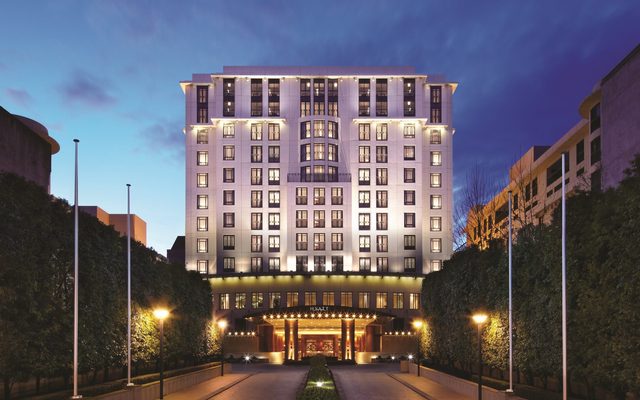This article is from the Australian Property Journal archive
THE commercial property market has already heated up. Office sales have reached $1.5 billion in the first three months of 2010 — 50% of total sales in 2009, according to Jones Lang LaSalle.
JLL research shows in 2009 the combined property sales in office, retail and industrial sectors totaled $3.699 billion.
JLL’s Australian head of capital markets John Talbot said this is a great start to 2010.
“Already we have reached more than 40% of the office sales volume recorded for the whole of last year. Confidence is clearly returning to the property investment market, across all asset classes but most notably in the office sector.
“While we don’t expect 2010 will reach the record level of office sales of $7.632 billion that we saw in 2007, we do see the strong start to sales volumes this year as a barometer for transaction activity in 2010,” he added.
Recently, HQ South in Fortitude Valley, Brisbane was sold to a Swiss pension fund — increasing the number of office transactions to 20 so far this year, totalling $1.5 billion. And Aurora Place, Sydney was sold to the National Pension Scheme of Korea for $A685 million due to settle this month.
Talbot said JLL currently has $1 billion of office property being marketed for sale.
JLL research also shows national retail property sales were equally strong, with $1.9 billion of retail sales (above $10 million) – which represents about 90% of the total transactions for the sector last year.
JLL is currently marketing over $3 billion of retail, including the national Direct Factory Outlet portfolio and Top Ryde City in NSW.
Meanwhile JLL is reporting large A-REITs and wholesale funds re-entering the investment market to compete for rarely traded prime assets.
Talbot said acquisitions will be a key strategy for larger AREITs that are now focused on growing portfolios to boost dividends to shareholders.
But he added the extent of the debt refinancing task over the next few years ensure that smaller A-REITs will continue to be active vendors and look to dispose of non-core assets.
Looking ahead, Talbot said increased competition for assets, risk premiums above historical benchmarks, the stabilisation of debt markets and the prospect of strong medium-term rental growth could lead to yield compression by late 2010.
“Like any market impacted by supply and demand factors, underlying asset prices have stabilised and in some instances have started to improve as an increasing number of buyers compete for a relatively finite supply of opportunities.
“With greater depth to the buyer pool, combined with improving confidence in the market and greater clarity around pricing dynamics is established through more dealflow, the total and average value of transactions is predicted to increase over the next 12 months,” he concluded.
Australian Property Journal



